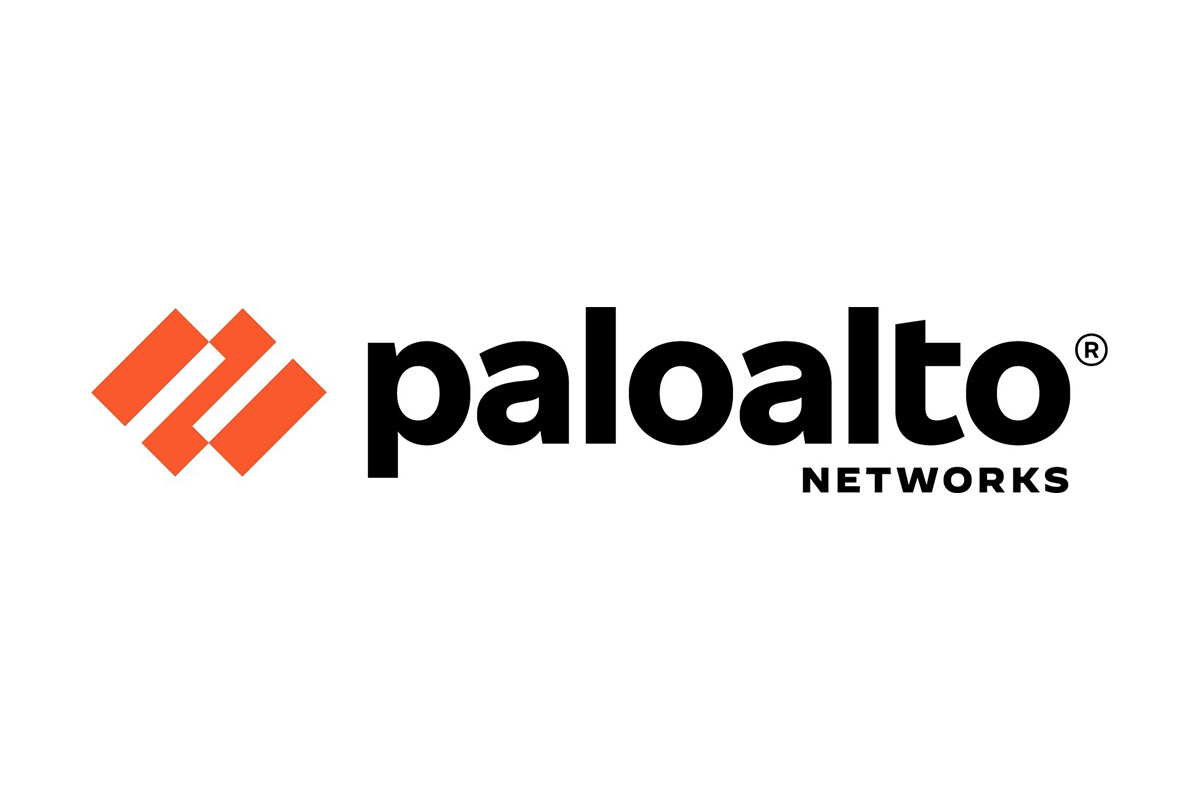The 5G in Defense Market is estimated to be USD 0.9 billion in 2023 to USD 2.3 billion by 2028, at a CAGR of 19.9% from 2023 to 2028 according to a new report by MarketsandMarkets . The driving factor for the 5G in Defense market 5G in elevation of growing Situational Awareness drives the market, Technological innovations in 5G Network, 5G drives Real-time Connectivity in Multi-Threat future battlespace scenarios, Growth of Autonomous and Connected Devices a Catalyst for 5G in the Defense Market etc.
. The driving factor for the 5G in Defense market 5G in elevation of growing Situational Awareness drives the market, Technological innovations in 5G Network, 5G drives Real-time Connectivity in Multi-Threat future battlespace scenarios, Growth of Autonomous and Connected Devices a Catalyst for 5G in the Defense Market etc.
Download PDF Brochure: https://www.marketsandmarkets.com/pdfdownloadNew.asp?id=64142222
Browse in-depth TOC on “5G in Defense Market”
140 – Tables
80 – Figures
220 – Pages
5G in Defense Market Report Scope:
|
Report Coverage |
Details |
|
Market Revenue in 2023 |
$ 0.9 Billion |
|
Estimated Value by 2028 |
$ 2.3 Billion |
|
Growth Rate |
Poised to grow at a CAGR of 19.9% |
|
Market Size Available for |
2019–2028 |
|
Forecast Period |
2023–2028 |
|
Forecast Units |
Value (USD Million/Billion) |
|
Report Coverage |
Revenue Forecast, Competitive Landscape, Growth Factors, and Trends |
|
Segments Covered |
By Platform, Solution, End User, Network Type, Installation and Region |
|
Geographies Covered |
North America, Europe, Asia Pacific, and Rest of World |
|
Key Market Challenge |
Complexity of Spectrum Management for 5G Deployment in Defense |
|
Key Market Opportunities |
Increased defense budgets for R&D and technological advancements |
|
Key Market Drivers |
5G in elevation of growing Situational Awareness drives the market |
Based on Platform, the airborne segment is expected to grow at the highest CAGR during the forecast period.
The platform segment has been segmented into land, naval, and airborne. The airborne platform segment includes military aircraft, unmanned aerial vehicles (UAV), and military helicopters. This segment covers 5G deployment in airborne platforms that helps in tracking multiple objects. 5G systems deployed on airborne platforms are used for long-range broadband communication via satellite and vehicle integrated tactical command, control, and information (C2I) systems as well as operational C3I systems.
Major countries, such as the US, China, France, and India, are increasing their spending on the deployment of 5G on airborne platforms to enhance their surveillance and attack capabilities.
Based on Solution, core network segment anticipated with highest CAGR 23.3% to lead market during the forecast period.
Based on solution, the 5G in defense market has been segmented into Communication network, chipsets and core network technology. Though 5G network technologies are in the nascent stage, they are anticipated to generate large volumes of data in the near future as more and more devices connect over 5G networks in order to communicate with each other. Communication between different arrays of devices would generate unpredictable high-speed data traffic. It is crucial for network operators/engineers to efficiently manage network operations and effectively monitor data traffic in order to address customer demands. Thus, technology developers have created tools that can completely transform network operations and increase flexibility, in terms of scaling up network expansion abilities, in order to cope with the staggering volumes of data. This can be achieved with advanced network technologies such as network functions virtualization (NFV) and software-defined networking (SDN). NFV is a new advanced network technology in which virtualized network services are carried out in lieu of proprietary, dedicated, or application-specific hardware such as switches, servers, and routers and shares the highest market share in 2023.
Based on End User Segment, the military segment acquires largest market share in market during the forecast period.
The advent of fifth generation (5G) mobile technology promises to boost data transfer rates and offer superior bandwidth compared to its predecessor, fourth generation (4G) technology. This technological leap has the potential to unlock new possibilities in both militaries. 5G has the potential to relay sensor data between operators and unmanned vehicles, and to interconnect these vehicles. This could pave the way for innovative military operational concepts, like swarming, were coordinated behavior among multiple units.
5G technologies might be integrated into Intelligence, Surveillance, and Reconnaissance (ISR) systems, which are progressively requiring higher bandwidths to manage, utilize, and distribute data from an expanding array of battlefield sensors. This integration could offer commanders prompt access to pertinent intelligence information, subsequently enhancing strategic decision-making.
Based on Network Type, the EMBB segment is projected to lead market during the forecast period.
5G in defense offers high-speed, high-bandwidth connectivity for enhanced mobile broadband (eMBB) applications like content creation, online gaming, and augmented reality. Its coverage extends to remote areas worldwide, making it advantageous for individuals and businesses residing in rural regions or frequent travelers. 5G in defense offers high-speed connectivity, allowing streaming of video content and ensuring access to reliable connectivity while on the move.
Inquiry Before Buying: https://www.marketsandmarkets.com/Enquiry_Before_BuyingNew.asp?id=64142222
Based on Region, the APAC segment is projected to grow at the highest CAGR during the forecast period.
The 5G in Defense Market is anticipated to be dominated by the Asia Pacific region in the forecasted period. China, India, Japan, South Korea, and the Australia are the regions that were looked at in this market. One of the primary international players operating in the Asia Pacific region is Japan, China, and India, which makes significant investments in the creation of 5G technologies. The 5G in Defense Industry has seen a surge in product offerings, meeting a range of needs and preferences as sectors lean into innovation. Under the “smart base” initiative, 5G technology will undergo trial implementation at a Self-Defense Forces base, aiming to establish a local network of interlinked logistical and other devices. The overarching vision is to integrate this high-speed communication standard into future defense equipment and front-line divisions. This two-year trial was scheduled to commence in fiscal 2021 at the Chitose Air Base of the Air Self-Defense Force, located in Chitose, Hokkaido.
The 5G in defense companies is dominated by a few globally established players such as Ericsson (Sweden), Huawei (China), Nokia Networks (Finland), Samsung (South Korea), NEC (Japan), Thales Group (France), L3Harris Technologies, Inc. (US), Raytheon Technologies (US), Ligado Networks (US), and Wind River Systems, Inc. (US)., are some of the leading companies in the 5G in Defense market. These companies have well-equipped manufacturing facilities and strong distribution networks across North America, Europe, Asia Pacific, Latin America, and Middle East & Africa.
Get 10% Free Customization on this Report: https://www.marketsandmarkets.com/requestCustomizationNew.asp?id=64142222
Browse Adjacent Market: Aerospace and Defence Market Research Reports &Consulting
Related Reports:
Artificial Intelligence (AI) in Military Market Size, Share and Industry Growth Analysis Report by Offering (Software, Hardware, Services), Technology (Machine Learning, Natural Language Processing), Platform (Airborne, Land, Space), Application, Installation Type, Geography – Global Growth Driver and Industry Forecast to 2028
Drone Simulator Market by Application (Commercial, Military), Component (Software, Hardware), Device Type (Augmented Reality, Virtual Reality), Drone Type (Fixed Wing, Rotary Wing), System Type and Region – Global Forecast to 2027
Electronic Warfare Market by Capability (Support, Attack, Protection), Platform (Airborne, Naval, Ground, Space), Product (EW Equipment, EW Operational Support), End Use (OEM, Upgradtion) and Region – Global Forecast to 2027
IoT in Aviation Market by End Market (Airports, Airlines, MROs, Manufacturers), Application (Ground Operations, Passenger Experience, Asset Management, Air Traffic Management), Component, Region – Global Forecast to 2025
5G Market in Aviation by End Use (5G Infrastructure for Aircraft and Airport), Technology (eMBB, FWA, URLLC/MMTC), Communication Infrastructure (Small Cell, DAS), 5G Services (Aircraft Operations, Airport Operations), Region (2021-2026)




 , the industry’s first 5G baseband platform IP for ASICs targeting cellular infrastructure in both base station and radio configurations, including distributed units (DU), and Remote Radio Units (RRU), from small cell to Massive Multiple-Input, Multiple Output (mMIMO). This heterogeneous baseband compute platform has been designed to significantly reduce the entry barriers for companies wishing to break into the new market opportunities available in Open RAN (O-RAN) equipment.
, the industry’s first 5G baseband platform IP for ASICs targeting cellular infrastructure in both base station and radio configurations, including distributed units (DU), and Remote Radio Units (RRU), from small cell to Massive Multiple-Input, Multiple Output (mMIMO). This heterogeneous baseband compute platform has been designed to significantly reduce the entry barriers for companies wishing to break into the new market opportunities available in Open RAN (O-RAN) equipment.

